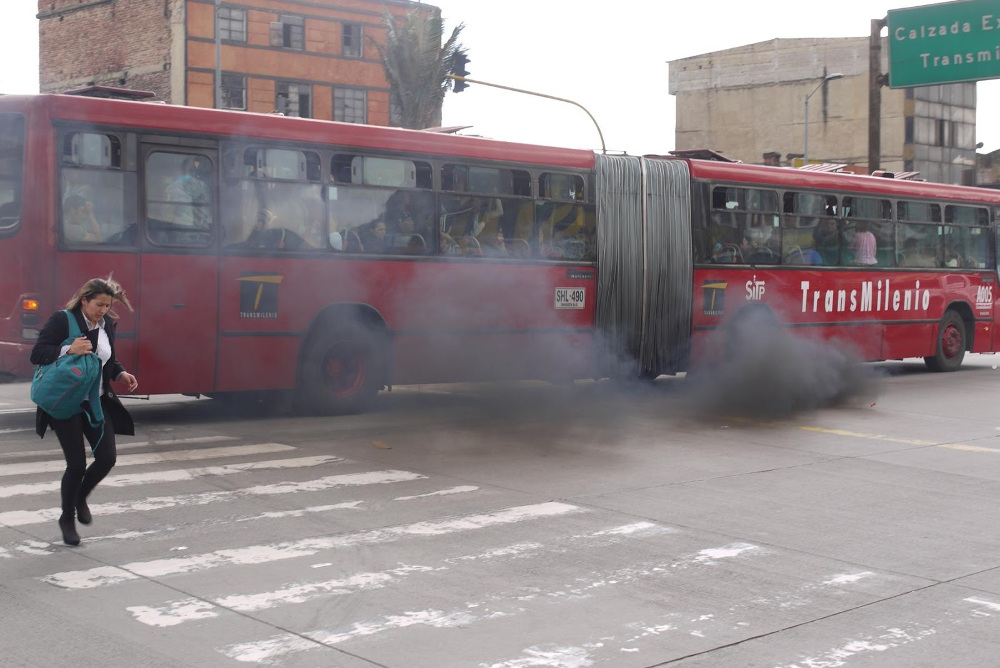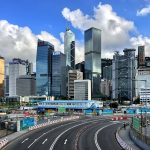BOGOTÁ, Colombia (ViaNews) – The Institute of Hydrology, Meteorology, and Environmental Studies (IDEAM, by its Spanish acronym) revealed an air quality report pertaining to the nation and the results are not looking too bright.
The report specifically points out that the highest concentration of contaminated air was found at Colegio – Ráquira (Boyacá), Acopi – Yumbo (Valle del Cauca), Carvajal – La Sevillana / Kennedy (Bogota D. C.) and the Museo de Antioquia – Medellín (Antioquia).
However, if the results were to be extrapolated to cities, the most affected would be Medellín, Bogotá, and Cali. Of course, environmental pollution is directly related to the number of inhabitants; the greater the population per square kilometer, the greater the number of activities that can result in pollutants for the environment. More specifically, the areas with the poorest air quality in the country are Ráquira, in Boyacá; the Valle de Aburrá, in Medellín; the southwest of Bogotá; and Yumbo, north of Cali.
Pollution records are made by measuring atmospheric pollutants, such as suspended particles, whether liquid or solid, such as dust, ash, soot, metals, cement, or pollen. These pollutants are classified in PM10 and PM2.5, according to their diameter. The former toxic material is able to pass the trachea (the lower part of the throat) and the latter easily penetrates the lungs.
These are the micrometer levels per cubic meter of PM10 found in the four areas classified with the worst air in Colombia:
- Ráquira: 108 PM10
- Aburrá Valley: 131 PM10
- Southwestern Bogota: 135 PM10
- Yumbo: 82 PM10
To understand their size, and the ease with which these particles enter the human body, a hair is 70 micrometers (one-thousandth of a millimeter) in diameter; PM10 has 10 micrometers and PM2.5 has 2.5 micrometers.
“These levels can easily affect the health of the population and boost cardiorespiratory disease”, stated Oscar Guerrero, technical advisor to IDEAM and one of the report’s researchers. “More measures must be implemented, such as improving fuel quality and promoting the use of advanced technology, more efficient vehicles that emit less CO2, and using cleaner fuels in industries, as well as avoiding burning wood and coal (…) This has a major impact on air quality”.

As an added conclusion, IDEAM considers that air quality monitoring in the country should be strengthened, since there are still many areas that do not have sufficient indicators making it impossible to obtain specific results and thus hindering the ability to learn more about the effects of contaminated air in the nation.
Latin America and air pollution
In this region, 110 million people live in areas susceptible to air pollution, according to the United Nations. In 2017, only 20 of the 33 countries in the Latin American region measured air quality in some way and monitoring stations were often located in larger cities. By this year, the cities with the best air quality monitoring systems were in Brazil, Chile, Colombia, and Mexico.
But the contamination of several Latin American cities has been repeatedly featured on the headlines this year. The most significant cases are Santiago de Chile, the capital city of Chile, and Mexico City, capital of Mexico. But the case of Medellín, as quoted before, is one of the most recent and damaging. And cities like Bogotá, Lima, Sao Paulo, Buenos Aires and La Paz have been ranked by the World Health Organization (WHO), according to its latest report last year, which measured 3,000 cities in 103 countries, as some of the cities that breathe the most polluted air in the region.






